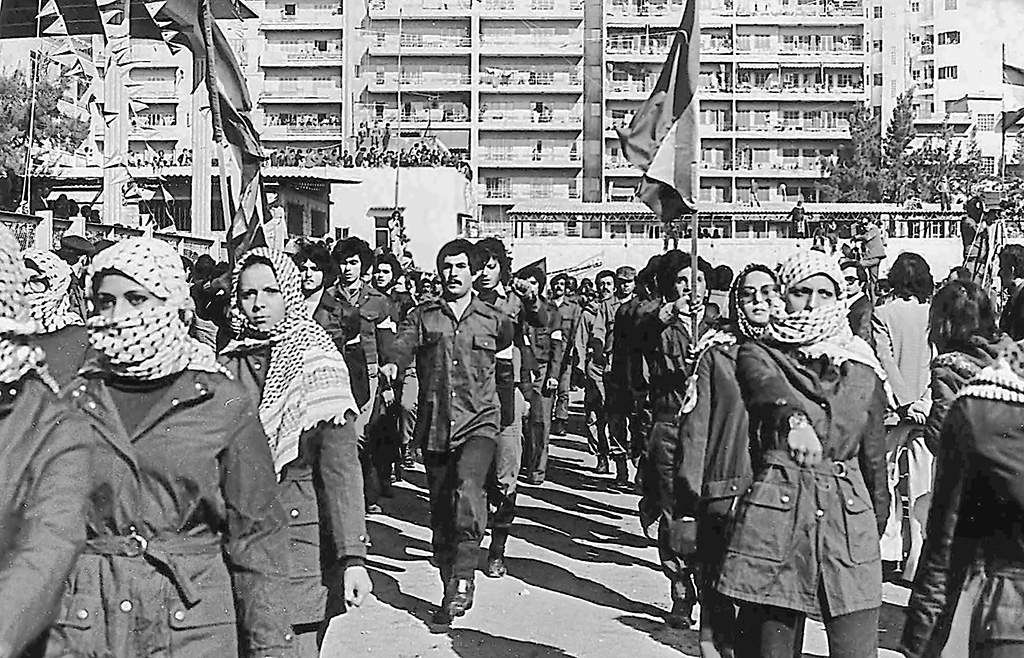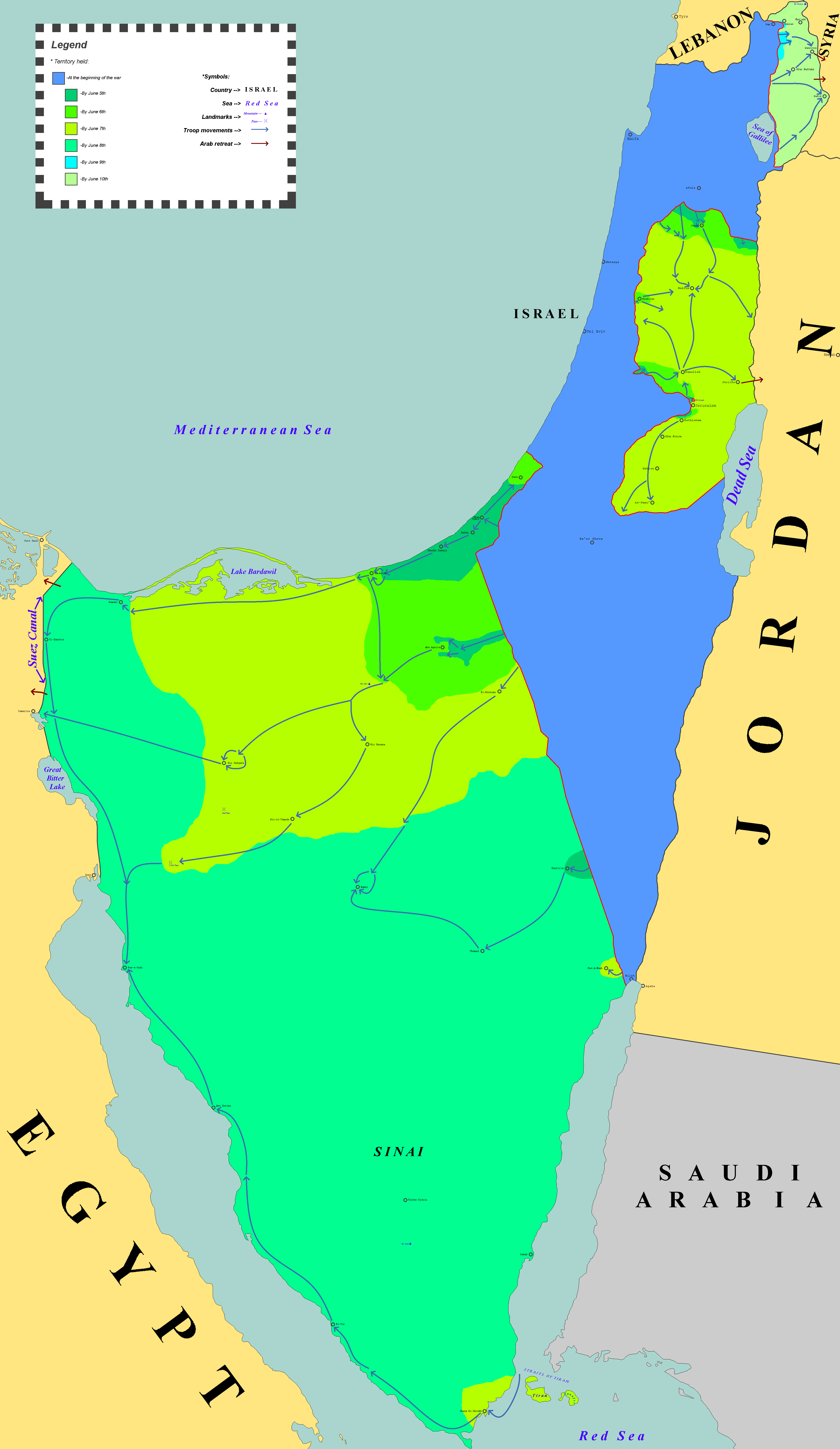|
Nitzanei Oz
Nitzanei Oz (, ''lit.'' Buds of Strength) is a moshav in central Israel. Located in the Sharon plain near the Green Line and Tulkarm, it falls under the jurisdiction of Lev HaSharon Regional Council. In it had a population of . History It was founded in 1951 as a Nahal settlement, before being converted to a civilian moshav in 1958. Due to its proximity to the border with Jordan, it was affected by attacks and infiltrations by Palestinian fedayeen until the Six-Day War The Six-Day War, also known as the June War, 1967 Arab–Israeli War or Third Arab–Israeli War, was fought between Israel and a coalition of Arab world, Arab states, primarily United Arab Republic, Egypt, Syria, and Jordan from 5 to 10June ... in 1967. References {{Authority control Moshavim Nahal settlements Populated places established in 1951 Populated places in Central District (Israel) 1951 establishments in Israel ... [...More Info...] [...Related Items...] OR: [Wikipedia] [Google] [Baidu] |
Nahal
Nahal () (acronym of ''Noar Halutzi Lohem'', lit. Fighting Pioneer Youth) is a program that combines military service with mostly social welfare and informal education projects such as youth movement activities, as well as training in entrepreneurship in urban development areas. Prior to the 1990s it was a paramilitary Israel Defense Forces program that combined military service and the establishment of agricultural settlements, often in peripheral areas. The Nahal groups of soldiers formed the core of the Nahal Infantry Brigade. History In 1948, a ''gar'in'' (core group) of Jewish pioneers wrote to Israel's first and then-current Prime Minister David Ben-Gurion, requesting that members be allowed to do their military service as a group rather than being split up into different units at random. In response to this letter, Ben-Gurion created the Nahal program, which combined military service and farming. Some 108 kibbutzim and agricultural settlements were established by t ... [...More Info...] [...Related Items...] OR: [Wikipedia] [Google] [Baidu] |
Lev HaSharon Regional Council
Lev HaSharon Regional Council () is a regional council in the Sharon region of the Central District of Israel. History The council was established in 1984, unifying Hadar HaSharon and Northern Sharon regional councils, and covers 18 villages with a total area of 57,000 dunams and a population of 13,600. It borders Hefer Valley Regional Council and Pardesiya to the north, Qalansawe, Tira and the West Bank to the east, Drom HaSharon Regional Council to the south and Even Yehuda and Netanya to the west. Until 1997 it also covered Tzoran, now a local council. List of communities *Moshavim ** Tzur Moshe · Azri'el · Bnei Dror · Ein Sarid · Ein Vered · Geulim · Herut · Kfar Hess · Kfar Yabetz · Mishmeret · Nitzanei Oz · Nordia · Porat · · Tnuvot · Yanuv *Community settlements ** Ganot Hadar · Ye'af *Other villages ** Kfar Avoda International relations Twin towns — Sister cities Lev HaSharon region is twinned with: * Tczew Tczew (, formerly ) ... [...More Info...] [...Related Items...] OR: [Wikipedia] [Google] [Baidu] |
Moshavim Movement
The Moshavim Movement (, ''Tnu'at HaMoshavim'') is one of the main Settlement movement (Israel), settlement movements in Israel, whose members are cooperative villages organized as moshavim and moshav shitufi, moshavim shitufiim. History Founded in 1920 with the establishment of the first moshav, Nahalal, in the Jezreel Valley in the north of Israel, the movement today has a membership of 253 moshavim from the total of 440 moshavim and moshavim shitufiim in Israel. The member moshavim have access to a range of mutual help instruments maintained by the Moshavim Movement. These include a mutual insurance company, a mutual help fund, a mortgage bank for moshavim, and a pension and retirement fund for individual moshav members. In the past, the Moshavim Movement created a system of regional service cooperatives (''mif'alim ezoriim'' in Hebrew) for supply of farm inputs and for marketing and processing of farm products for its members. These regional cooperatives were essentially simila ... [...More Info...] [...Related Items...] OR: [Wikipedia] [Google] [Baidu] |
Moshav
A moshav (, plural ', "settlement, village") is a type of Israeli village or town or Jewish settlement, in particular a type of cooperative agricultural community of individual farms pioneered by the Labour Zionists between 1904 and 1914, during what is known as the second wave of ''aliyah''. A resident or a member of a moshav can be called a "moshavnik" (). There is an umbrella organization, the Moshavim Movement. The moshavim are similar to kibbutzim with an emphasis on communitarian, individualist labour. They were designed as part of the Zionist state-building programme following the green revolution in the British Mandate of Palestine during the early 20th century, but in contrast to the collective farming kibbutzim, farms in a moshav tended to be individually owned but of fixed and equal size. Workers produced crops and other goods on their properties through individual or pooled labour with the profit and foodstuffs going to provide for themselves. Moshavim ... [...More Info...] [...Related Items...] OR: [Wikipedia] [Google] [Baidu] |
Israel
Israel, officially the State of Israel, is a country in West Asia. It Borders of Israel, shares borders with Lebanon to the north, Syria to the north-east, Jordan to the east, Egypt to the south-west, and the Mediterranean Sea to the west. Israeli-occupied territories, It occupies the Occupied Palestinian territories, Palestinian territories of the West Bank in the east and the Gaza Strip in the south-west. Israel also has a small coastline on the Red Sea at its southernmost point, and part of the Dead Sea lies along its eastern border. Status of Jerusalem, Its proclaimed capital is Jerusalem, while Tel Aviv is the country's Gush Dan, largest urban area and Economy of Israel, economic center. Israel is located in a region known as the Land of Israel, synonymous with the Palestine (region), Palestine region, the Holy Land, and Canaan. In antiquity, it was home to the Canaanite civilisation followed by the History of ancient Israel and Judah, kingdoms of Israel and Judah. Situate ... [...More Info...] [...Related Items...] OR: [Wikipedia] [Google] [Baidu] |
Green Line (Israel)
The Green Line, or 1949 Armistice border, is the demarcation line set out in the 1949 Armistice Agreements between the armies of Israel and those of its neighbors (Egypt, Jordan, Lebanon, and Syria) after the 1948 Arab–Israeli War. It served as the ''de facto'' borders of the State of Israel from 1949 until the Six-Day War in 1967, and continues to represent Israel's internationally recognized borders with the two Palestinian territories: the West Bank and the Gaza Strip. The Green Line was intended as a demarcation line rather than a permanent border. The 1949 Armistice Agreements were clear (at Arab insistence) that they were not creating permanent borders. The Egyptian–Israeli agreement, for example, stated that "the Armistice Demarcation Line is not to be construed in any sense as a political or territorial boundary, and is delineated without prejudice to rights, claims and positions of either Party to the Armistice as regards ultimate settlement of the Palestine questio ... [...More Info...] [...Related Items...] OR: [Wikipedia] [Google] [Baidu] |
Tulkarm
Tulkarm or Tulkarem (, ''Ṭūlkarm'') is a Palestinians, Palestinian city in the West Bank, the capital of the Tulkarm Governorate of the State of Palestine. The Israeli city of Netanya is to the west, and the Palestinian territories, Palestinian cities of Nablus and Jenin to the east. According to the Palestinian Central Bureau of Statistics, in 2017 Tulkarm had a population of 64,532. Tulkarm is under the administration of the Palestinian National Authority. Etymology The Arabic language, Arabic name translates as 'length of vinyard' but is a distortion of the Aramaic language, Aramaic name ''Tur Karma'' ('mount of the vineyard'), which was used for Tulkarm by the Crusaders and by the mediaeval Samaritan inhabitants. History Benjamin Mazar identified Tulkarm with the toponym ''Birat Seriqa'' (בירת סריקא, lit. 'Saracen tower' or 'vineyard tower'), mentioned in the Talmud (b. Avodah Zarah, AZ 31a; y. AZ 5:4) as located near the Samaritan town of Burgata (בורגתא/ ... [...More Info...] [...Related Items...] OR: [Wikipedia] [Google] [Baidu] |
Nahal Settlement
Nahal settlements () were Israeli settlements established by Israeli soldiers of Nahal in both Israel and the Israeli-occupied territories. Supporting the growth and expansion of Israeli Jews was once the main focus of Nahal troops of the Israel Defense Forces and was primarily carried out through the program. The goal of Nahal settlement was to provide a base of operations and resources for Israeli troops along the border. This method of encouraging settlement was particularly effective in regions of Israel that were less desirable for human inhabitation (mainly the Negev, the Galilee, and the Aravah) between 1948 and 1967. After the 1967 Arab–Israeli War, Nahal settlements were established in the newly Israeli-occupied territories (the Jordanian-annexed West Bank and the Egyptian-occupied Gaza Strip The occupation of the Gaza Strip by the United Arab Republic began in 1959 following the dissolution of the All-Palestine Protectorate, which had ruled the Gaza Strip ... [...More Info...] [...Related Items...] OR: [Wikipedia] [Google] [Baidu] |
Jordan
Jordan, officially the Hashemite Kingdom of Jordan, is a country in the Southern Levant region of West Asia. Jordan is bordered by Syria to the north, Iraq to the east, Saudi Arabia to the south, and Israel and the occupied Palestinian territories to the west. The Jordan River, flowing into the Dead Sea, is located along the country's western border within the Jordan Rift Valley. Jordan has a small coastline along the Red Sea in its southwest, separated by the Gulf of Aqaba from Egypt. Amman is the country's capital and List of cities in Jordan, largest city, as well as the List of largest cities in the Levant region by population, most populous city in the Levant. Inhabited by humans since the Paleolithic period, three kingdoms developed in Transjordan (region), Transjordan during the Iron Age: Ammon, Moab and Edom. In the third century BC, the Arab Nabataeans established Nabataean Kingdom, their kingdom centered in Petra. The Greco-Roman world, Greco-Roman period saw the ... [...More Info...] [...Related Items...] OR: [Wikipedia] [Google] [Baidu] |
Palestinian Fedayeen
Palestinian fedayeen () are militants or guerrillas of a nationalist orientation from among the Palestinian people. Most Palestinians consider the fedayeen to be Resistance movement, freedom fighters, while most Israelis consider them to be Palestinian terrorism, terrorists. Considered symbols of the Palestinian nationalism, Palestinian national movement, the Palestinian fedayeen drew inspiration from guerrilla movements in Vietnam, China, Algeria and Latin America. The ideology of the Palestinian fedayeen was mainly left-wing nationalist, socialist or communist, and their proclaimed purpose was to defeat Zionism, claim Palestine (region), Palestine and establish it as "a secular, democracy, democratic, nonsectarian Palestinian state, state". The meaning of secular, democratic and non-sectarian, however, greatly diverged among fedayeen factions. Emerging from among the Palestinian refugees who fled or were expelled from their villages as a result of the 1948 Arab–Israeli War ... [...More Info...] [...Related Items...] OR: [Wikipedia] [Google] [Baidu] |
Six-Day War
The Six-Day War, also known as the June War, 1967 Arab–Israeli War or Third Arab–Israeli War, was fought between Israel and a coalition of Arab world, Arab states, primarily United Arab Republic, Egypt, Syria, and Jordan from 5 to 10June 1967. Military hostilities broke out amid poor relations between Israel and its Arab neighbors, which had been observing the 1949 Armistice Agreements signed at the end of the 1948 Arab–Israeli War, First Arab–Israeli War. In 1956, regional tensions over the Straits of Tiran (giving access to Eilat, a port on the southeast tip of Israel) escalated in what became known as the Suez Crisis, when Israel invaded Egypt over the Israeli passage through the Suez Canal and Straits of Tiran, Egyptian closure of maritime passageways to Israeli shipping, ultimately resulting in the re-opening of the Straits of Tiran to Israel as well as the deployment of the United Nations Emergency Force (UNEF) along the Borders of Israel#Border with Egypt, Egypt ... [...More Info...] [...Related Items...] OR: [Wikipedia] [Google] [Baidu] |




